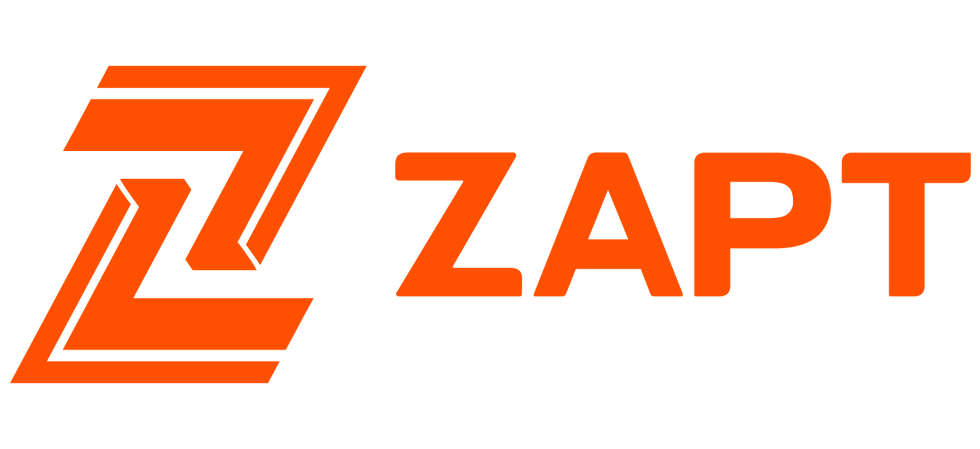Autonomous Solutions: Great Candidates for Autonomy
- ZAPT

- Feb 6, 2023
- 3 min read
Updated: May 2, 2023

Welcome to the second entry in Zupt Autonomous Products and Technologies (ZAPT) blog series: Autonomous Solutions. This series provides insight into what types of equipment we believe are great candidates for autonomy, what it takes for equipment to be an autonomous solution with examples, our ongoing custom autonomous engineering projects, and the future of autonomy from other industry experts.
This blog provides insight into the three requirements for outdoor power equipment to be an efficient autonomous solution and examples of equipment we believe would be valuable autonomous solutions.

Image: Nomad, ZAPT's fully autonomous commercial mower at Equip Expo
If the equipment performs a “repetitive task,” works in a “defined space,” and works within a clearly defined “Operational Design Domain,” ZAPT can make your equipment an autonomous solution by customizing a sensor suite for autonomous operations. But what do we mean by a “repetitive task,” “defined space,” and “Operational Design Domain”? A repetitive task involves performing the same operation, a defined space is an area that can be clearly defined or mapped, and the “Operational Design Domain (ODD) is a collection of information that clearly defines the boundaries for the platform's operations. Some examples of ODD conditions to be determined are operations in an open field with clear skies, under tree cover, near fences and buildings, operations during the day or night, rain, dust, fog, indoor or outdoor use, traffic lights, slope, and HSE considerations. You can find more about our custom autonomous solution requirements on our website.
To determine if the equipment is a good candidate for autonomy, we would first complete a feasibility study to evaluate the equipment’s autonomous potential. Then, we can quickly determine the cost and complexity required to automate that equipment’s operations. To date, we have evaluated platforms and operations, including various commercial lawnmowers, snow removal equipment, street sweepers, grass trimmers, line marking equipment, and small tractor units.
We believe several types of outdoor power equipment have the potential to be valuable autonomous solutions and great candidates for autonomy. Below, we will touch on three categories: individual equipment designed for the application, installation equipment, and driven equipment.
Individual Pieces Designed for Application
When we look at the current autonomous focus in landscaping, we see that most of the focus is on mowers. The developers in this field have built for purpose and modified existing hardware to accept autonomous or self-driving technology. The same technology and drive systems can be applied to application hardware such as sprayers and spreaders. We see contracted autonomous development in areas such as artificial turf application, line stripping (paint application), and string trimming. Each autonomous application requires a different set of sensors coupled to provide the precise navigational control needed for the machine's operational model.
Installation Equipment
Installation equipment is one area seemingly presenting the largest area for autonomous development. Many of the equipment categories that we will lump here are already on powered units. At the same time, some operate on power takeoffs on secondary pieces of equipment like front-end loaders and tractors. In either instance, the ability to “autonomize” the application system is available. There are currently several available tractors and loaders with available autonomous features, so attaching the additional software for attachment operation is achievable. Self-powered units will transition like the Zero-turn mowing units that have had an after-market autonomous attachment or, conversely, be redesigned for purpose. For example, Tale fence post drivers (T-Post drivers) are a very definable autonomous operation because you have specific pathways (property boundaries), the distance between poles, and a repeatable process.
Driven equipment
According to our meetings and market inquiries, this area has the most significant business opportunity of all the segments. The idea of having a fleet of snowplows or street sweepers that operate autonomously or, conversely, having an automated sweeper station in parking lot environments is nearing reality. Evaluating units that would allow for continuous daily operations is currently under research and development for one of the largest big box store chains. This area will likely follow a development path in controlled environments such as airports and large parking lots before moving into public roadways. Most studies show autonomous operations in controlled environments in the next 18-24 months.
Most of the current technological development in the lawn and landscape industry is focused on electrification. This is true even in the larger equipment areas such as backhoes and loaders. As electrification becomes more mainstream and the market stabilizes, we will begin to see the commercial development of this technology. A custom autonomous solution's main operational advantage is providing a safe, reliable method to expand production at your current staffing levels. If I take five four-man crews and add a fleet of 5 60” autonomous mowers, I improve manpower production, allowing the creation of three additional operational crews.
Next time, our Autonomous Solutions blog will discuss our ongoing custom autonomous engineering projects.



Comments